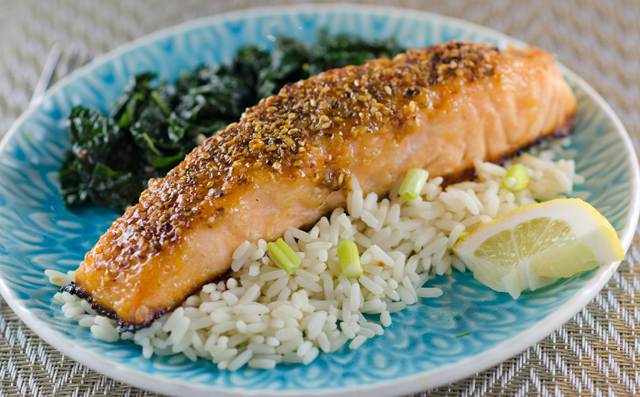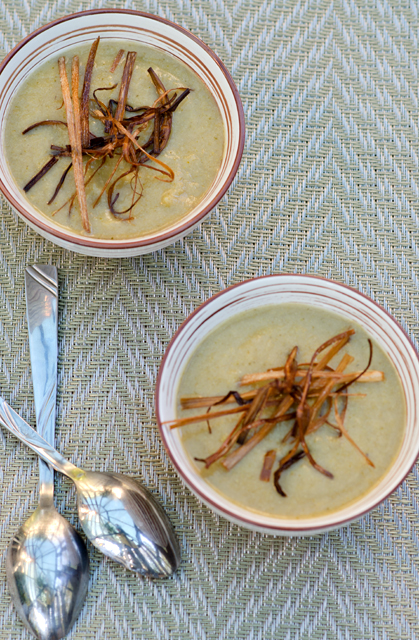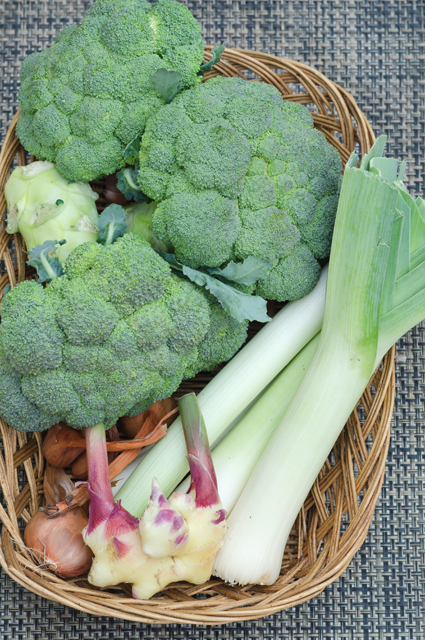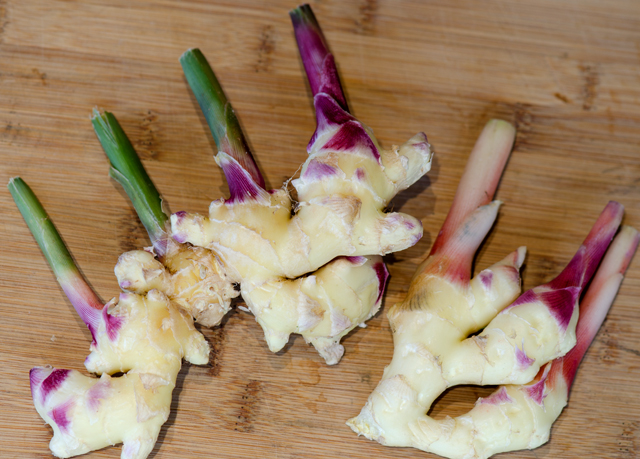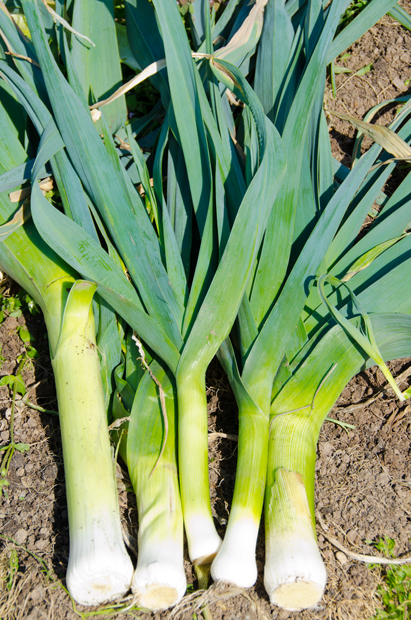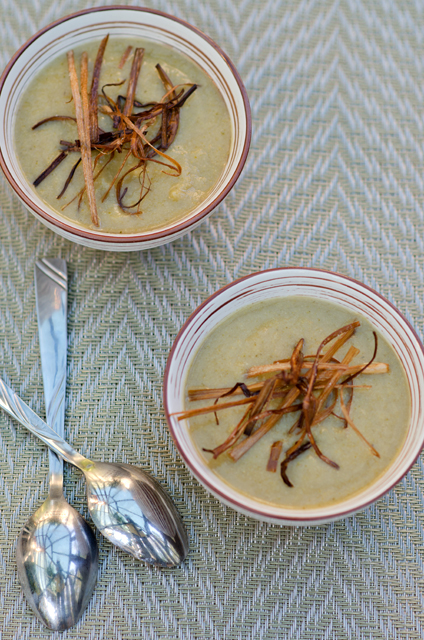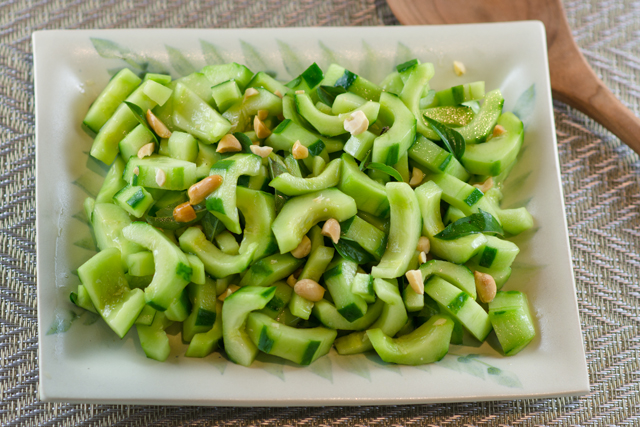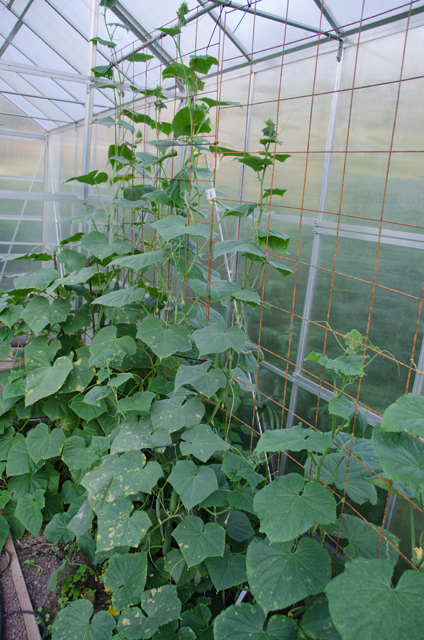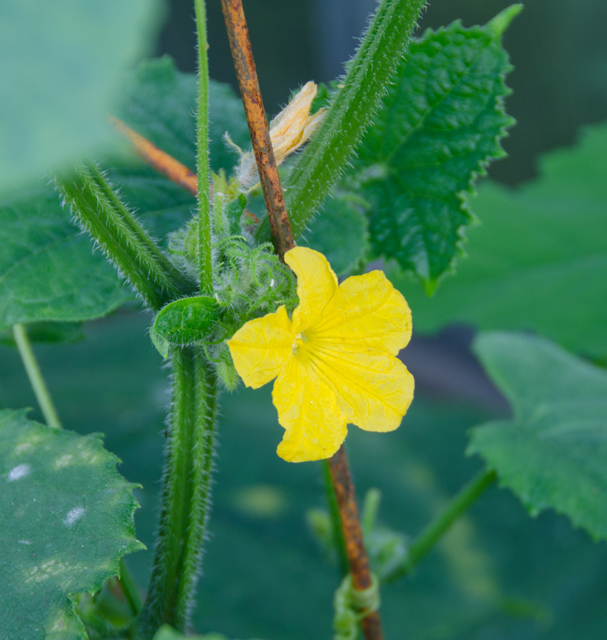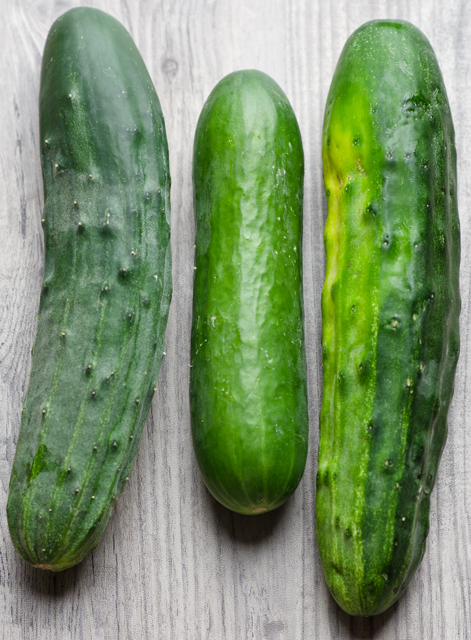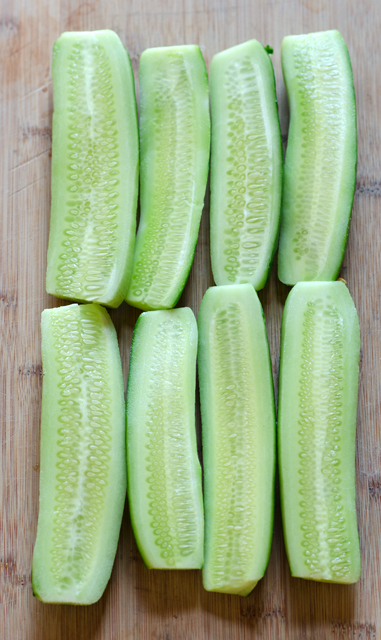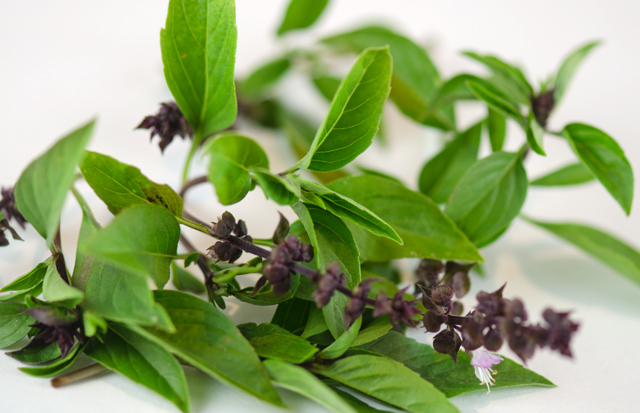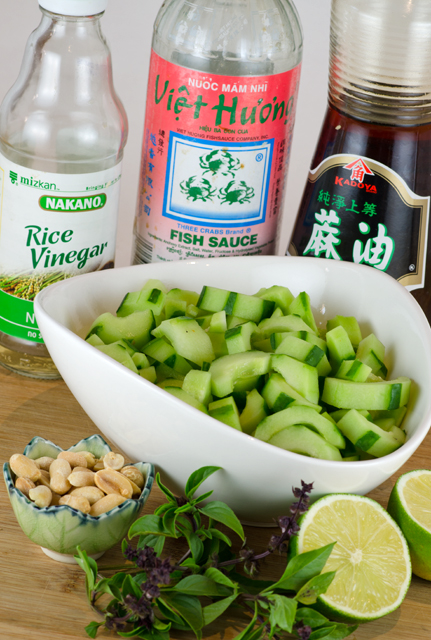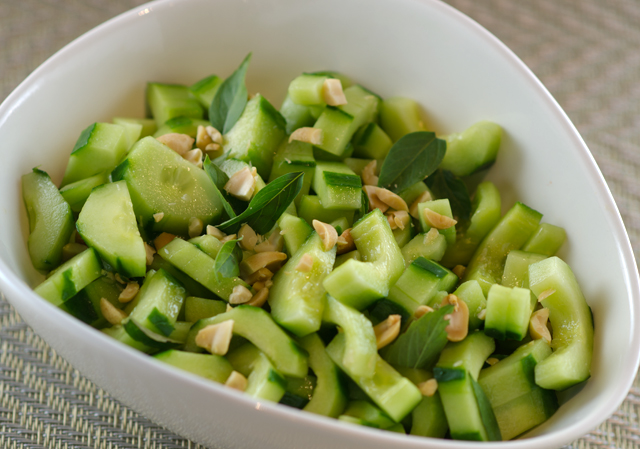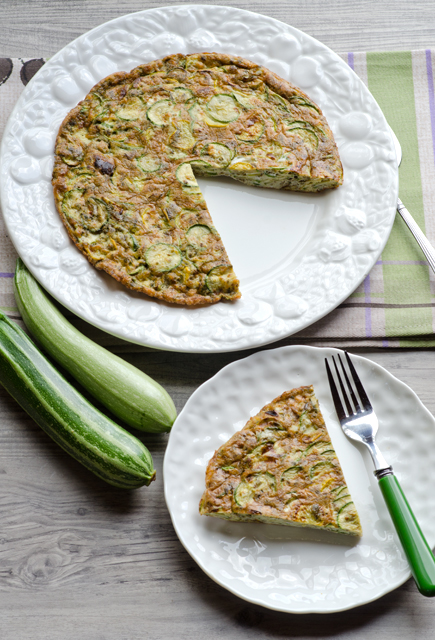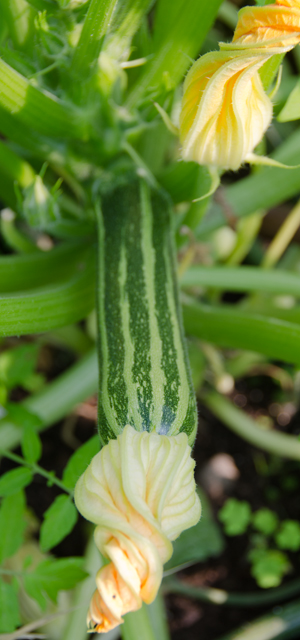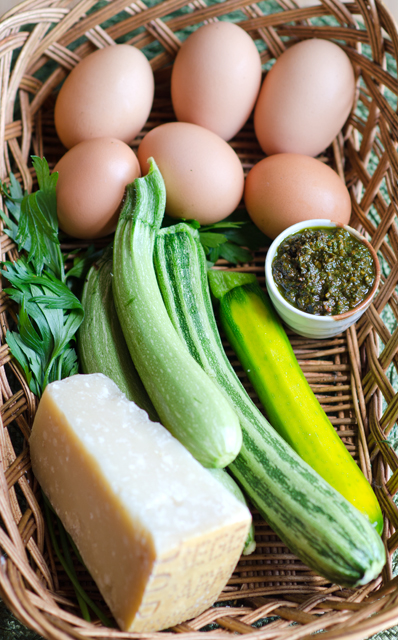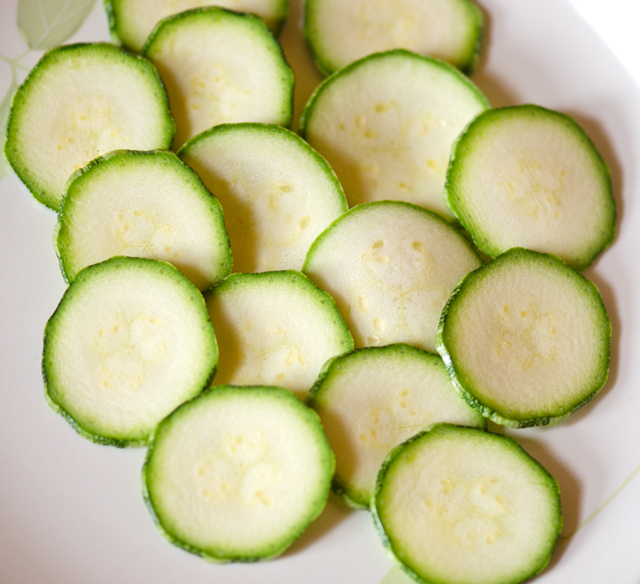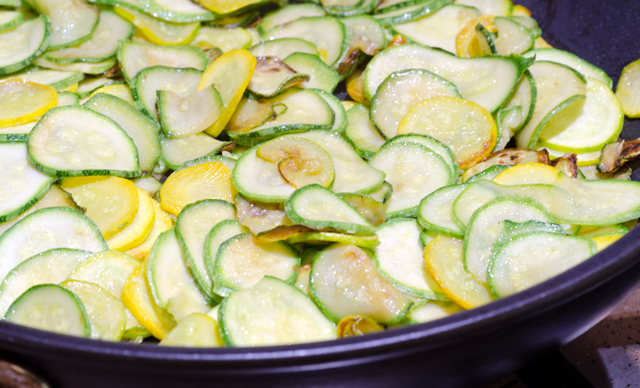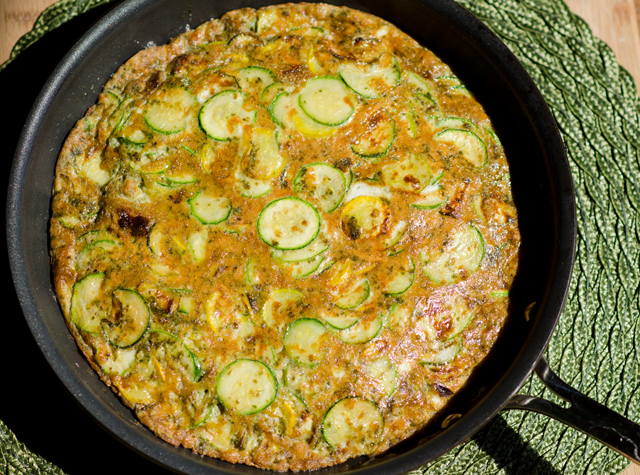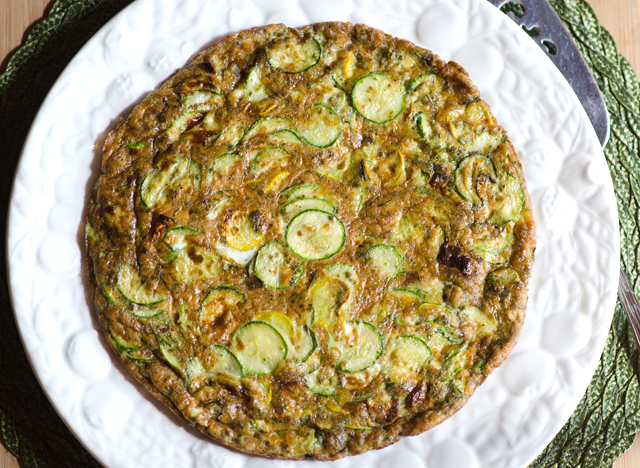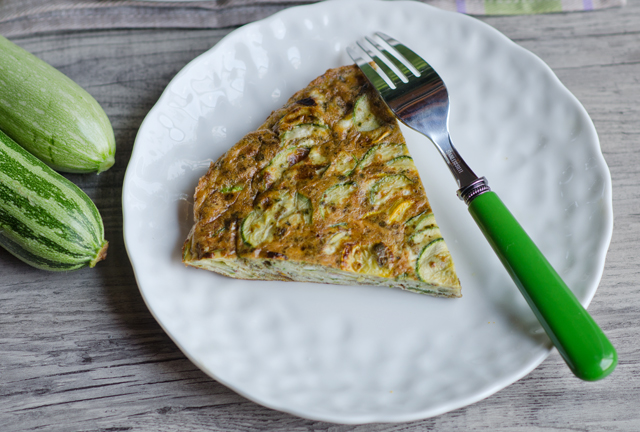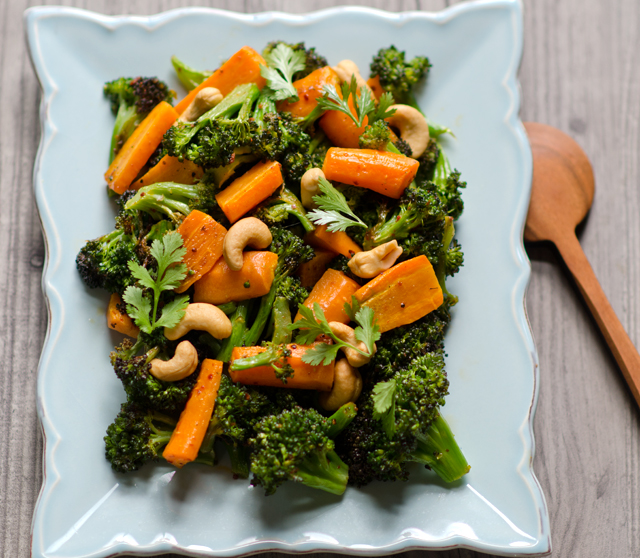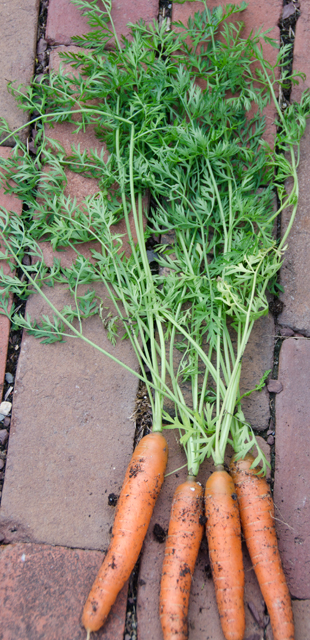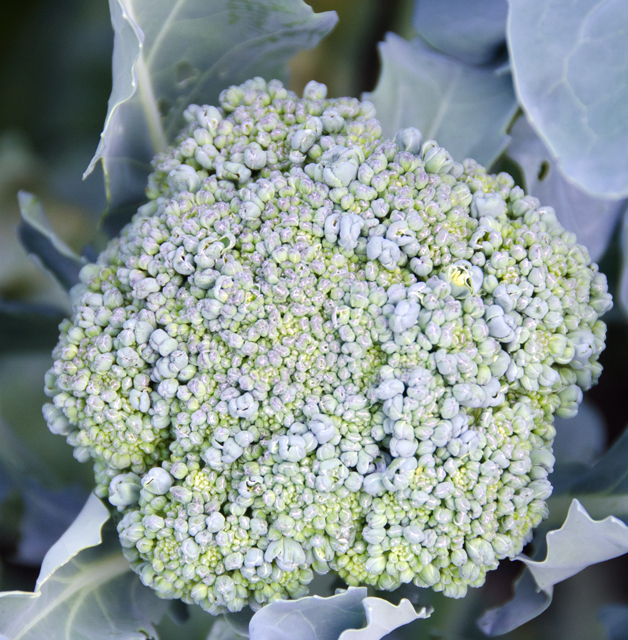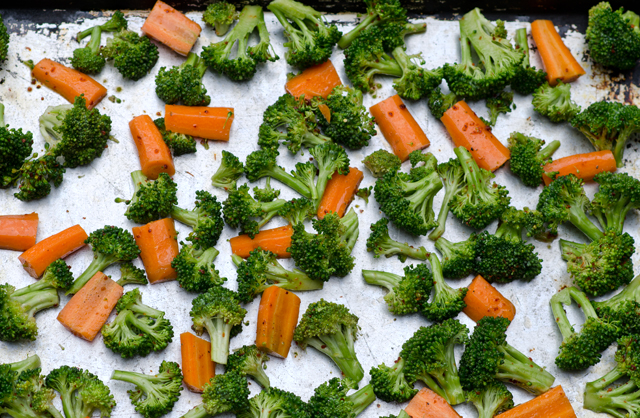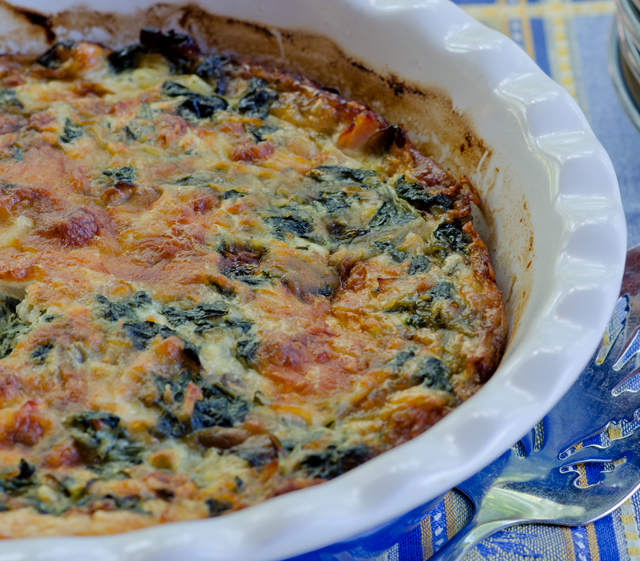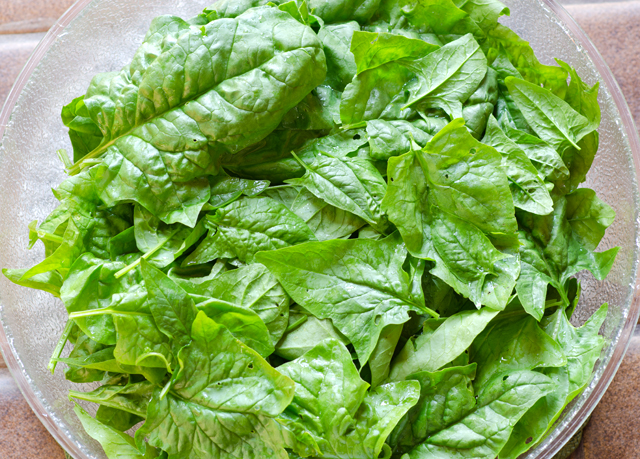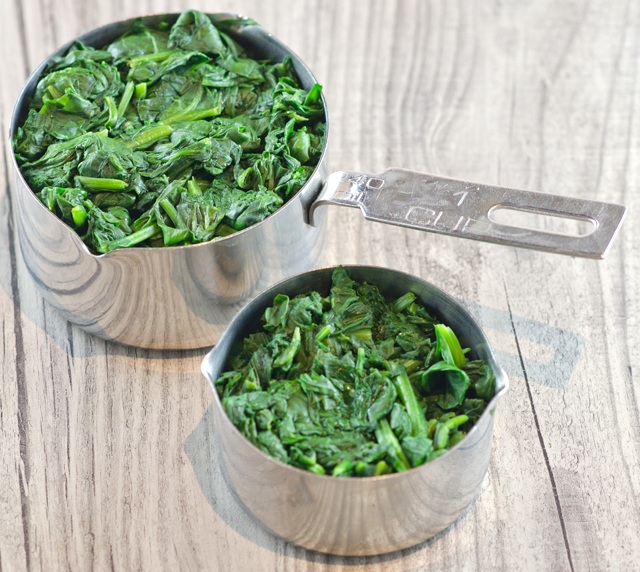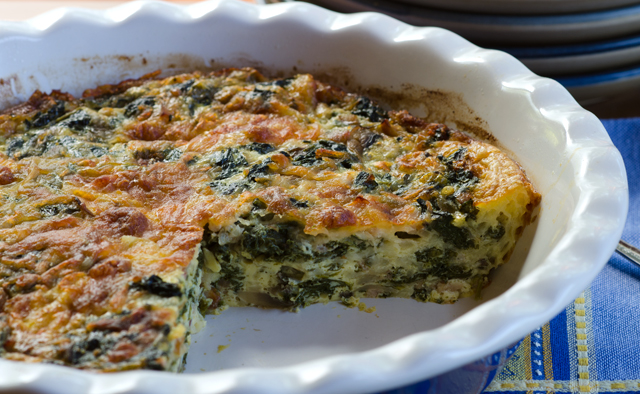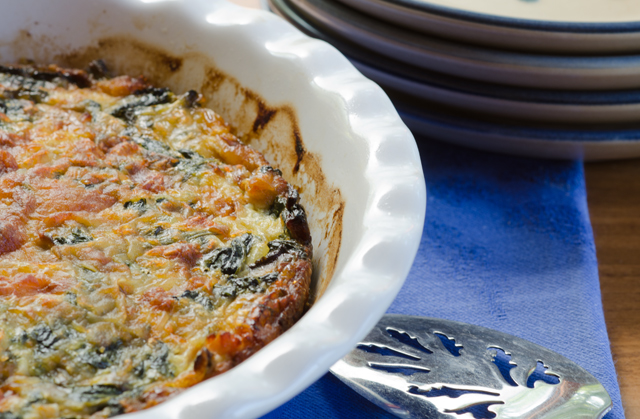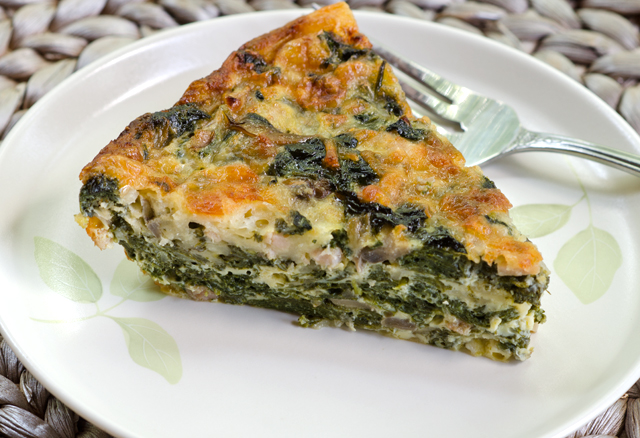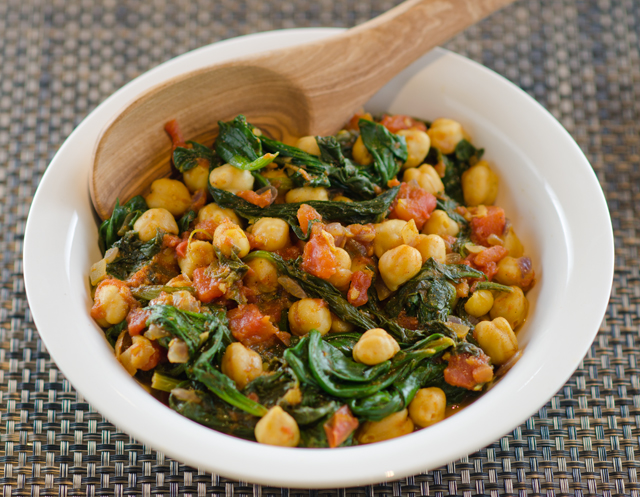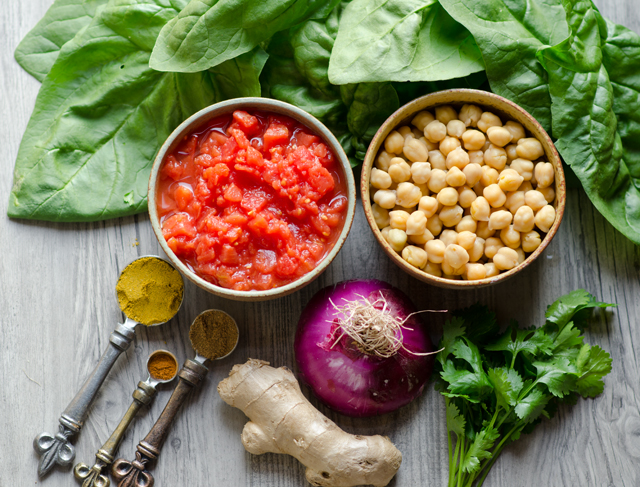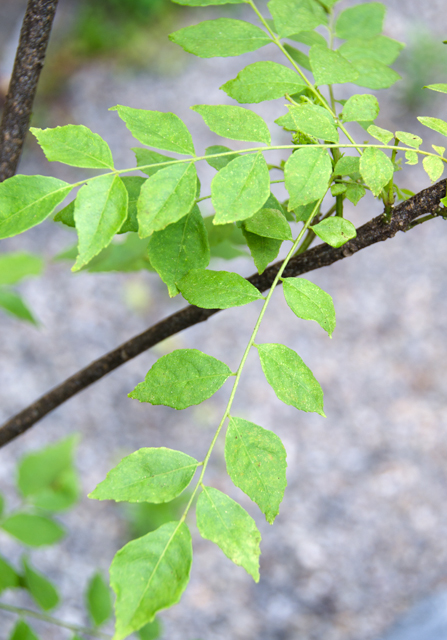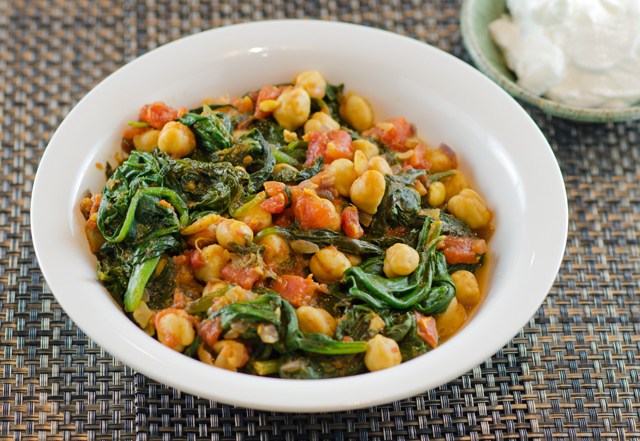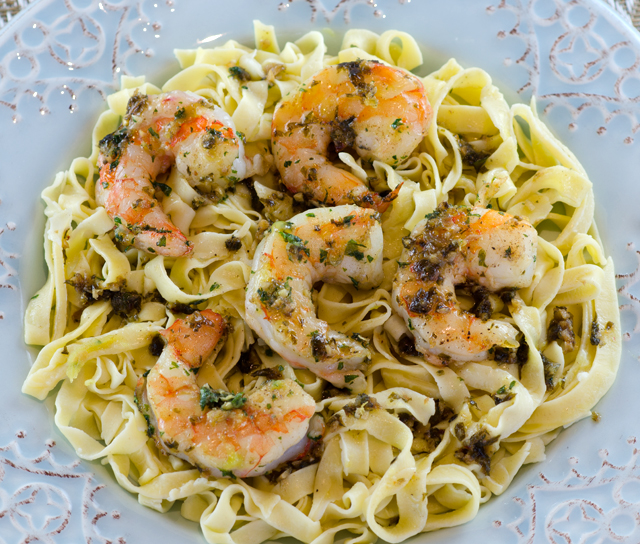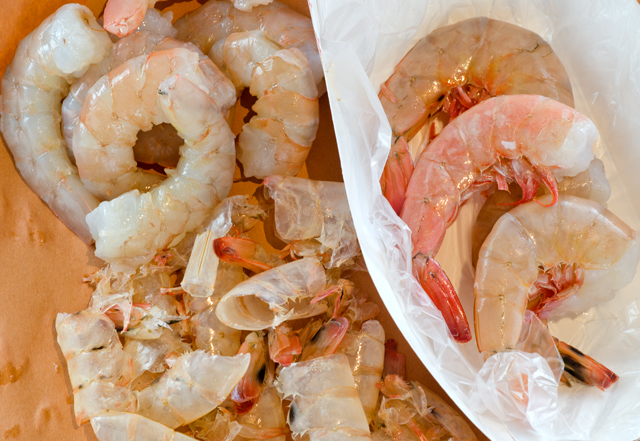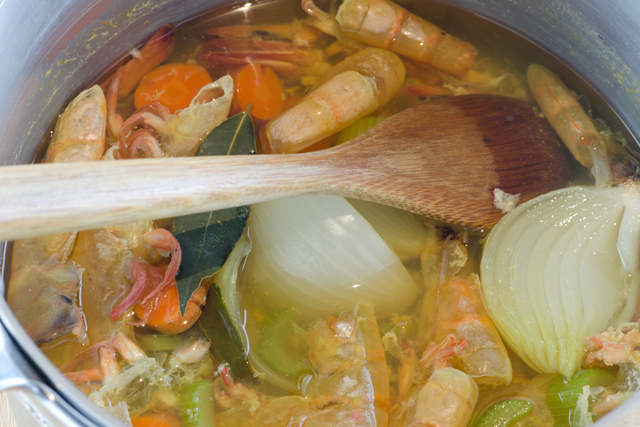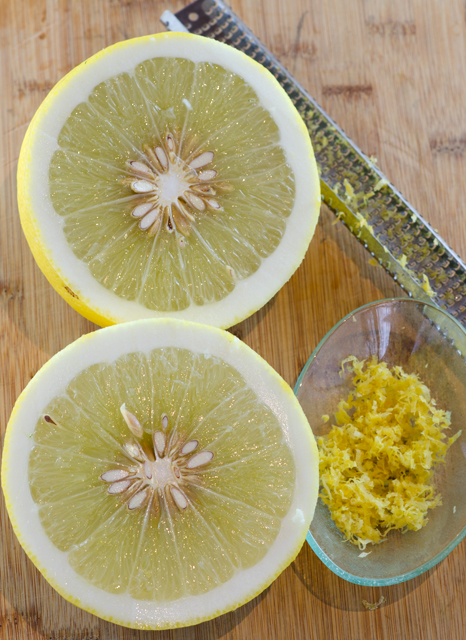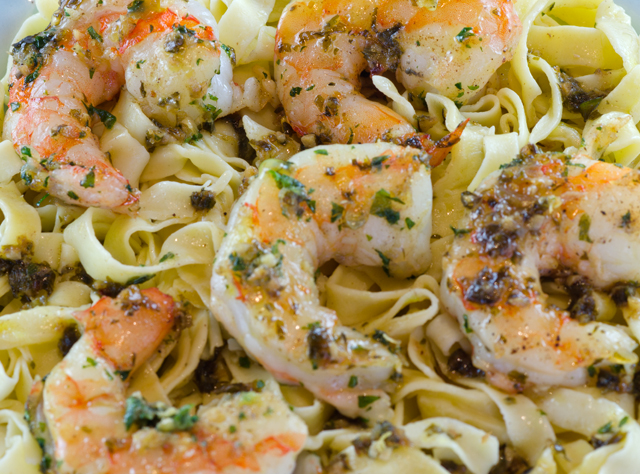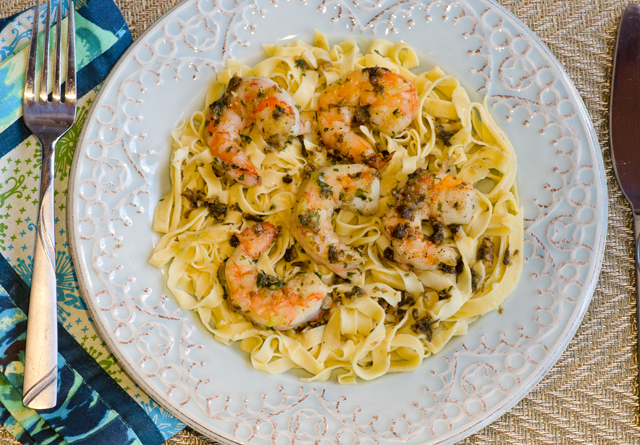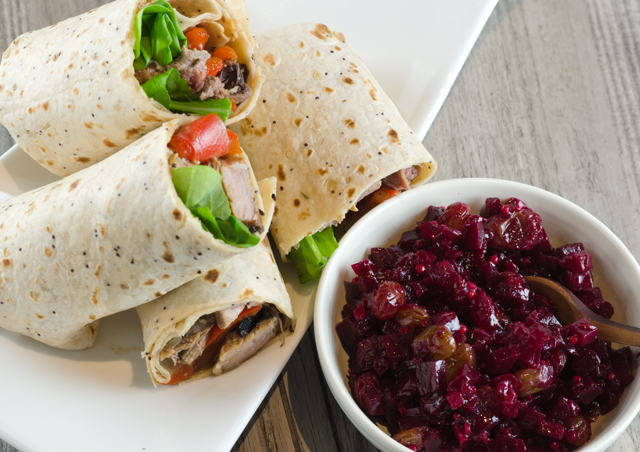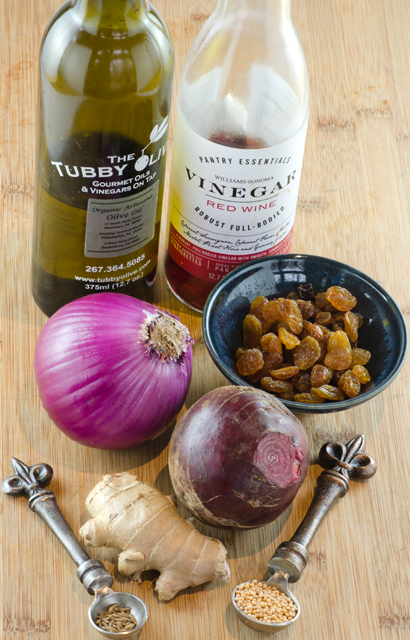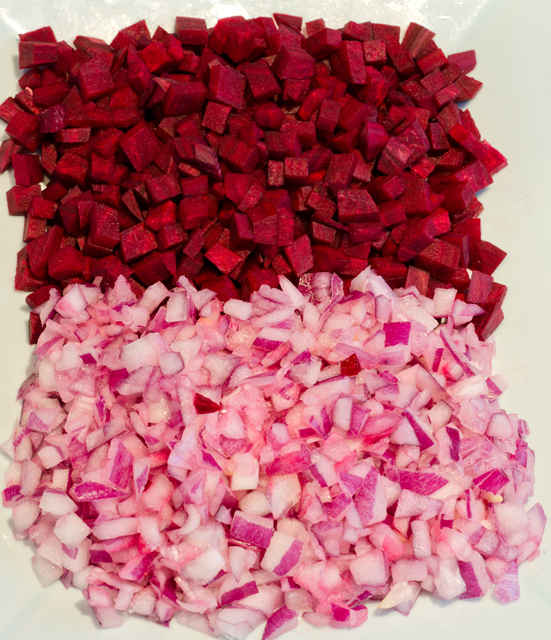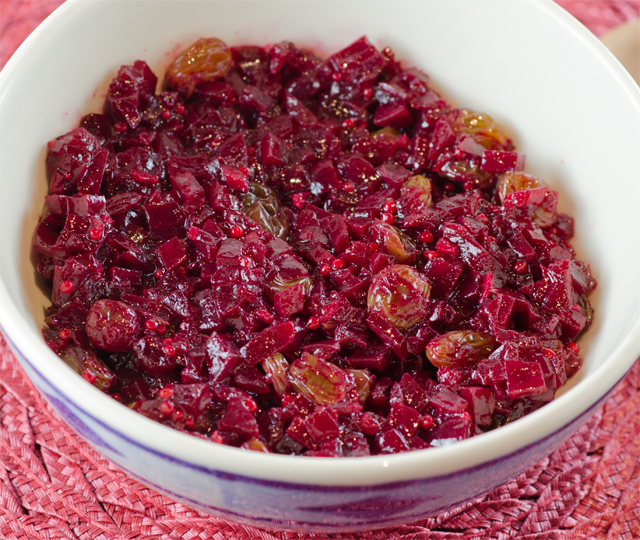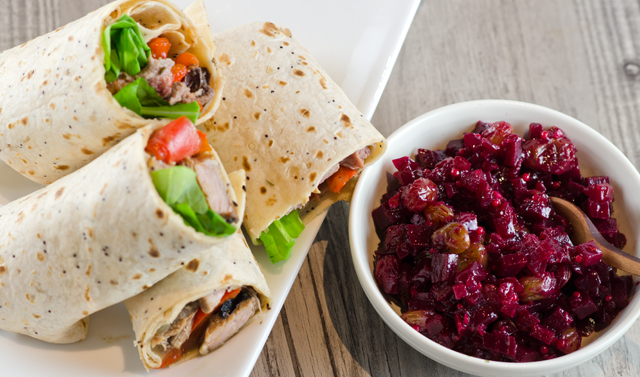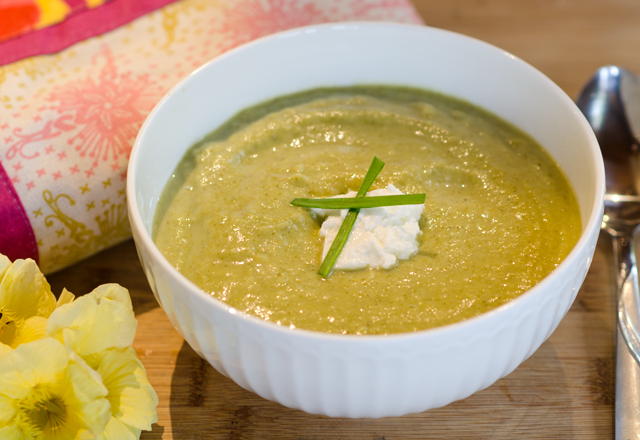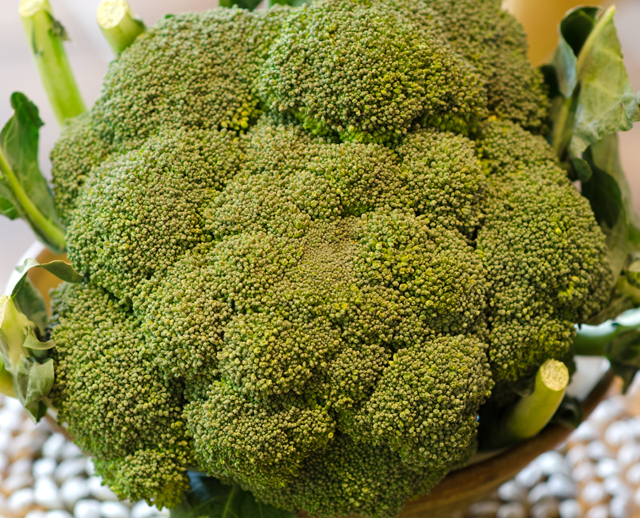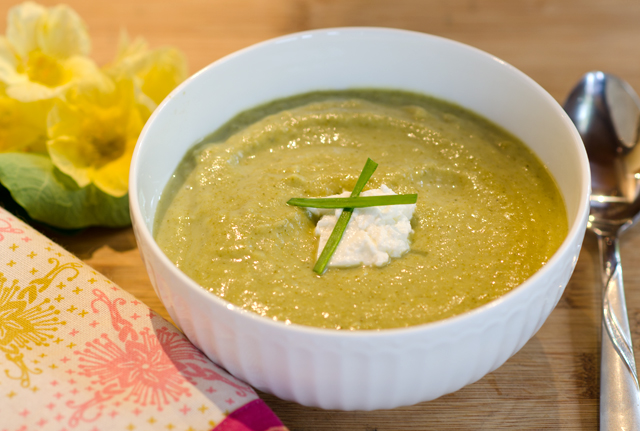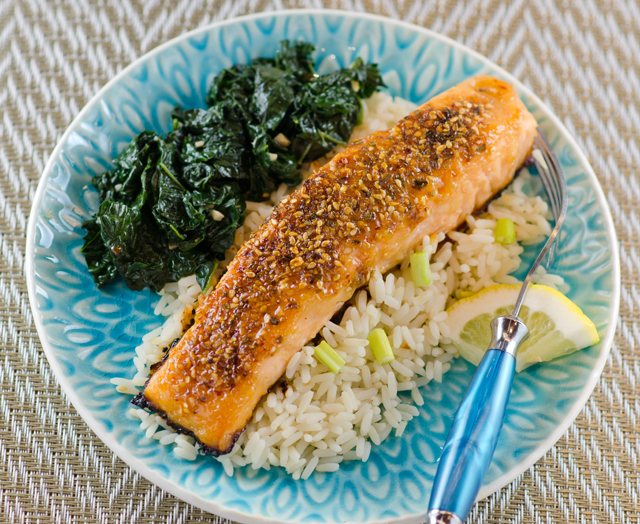 During this busy holiday season it’s good to have a few recipes you can pull out that are quick, easy and most important, delicious too. Miso glazed salmon is one recipe that certainly fills that bill.
During this busy holiday season it’s good to have a few recipes you can pull out that are quick, easy and most important, delicious too. Miso glazed salmon is one recipe that certainly fills that bill.
This is a Japanese technique that was used to preserve freshly caught fish for it’s journey to land. Chef Nobu Matsuhisa made the preparation famous with his black cod recipe and it has become a popular restaurant dish. Just four ingredients, miso, mirin, sake and sugar make up the marinade. If you are not already familiar with any of these, here is a little background information on these important staples of Japanese cooking.
Miso is fermented soybean paste. It is made by steaming and crushing soybeans, then adding salt and koji, a culture cultivated from rice, barley or soybeans that triggers fermentation. The flavor of miso has been described as salty, earthy and rich in umami. Miso ranges in color from white to pale yellow to a deep chocolate brown. The lighter the color, the sweeter (less salty) it will be. A light miso paste is most likely made from rice and is best suited for fish and light sauces.
Sake, pronounced SAH-keh, not sa-kee, is quite often described as Japanese rice wine. It is actually more akin to beer than wine since it is made from a grain, rice, and not a fruit as wine usually is. Unlike wine, sake is produced by a brewing process similar to that of beer. The alcohol content of sake usually is from 15-20 percent, compared to wine’s 9-15 percent content.
Mirin, is a type of rice wine but with a higher sugar content and lower alcohol. It is golden in color and it’s syrupy sweetness contrasts nicely with the saltiness of soy or tamari sauce.
Miso is easy to find in organic markets and large supermarkets. I definitely would recommend the white or shiro miso for this recipe. My favorite brand is Miso Master Organic Mellow White. You can use it for soups, sauces and dressings too. It will keep in the refrigerator for nine months. Mirin is an increasingly easier find, the Kikkoman brand seems to be prevalent in the Asian section of most supermarkets. If you don’t like the idea of purchasing a bottle of sake just for a few tablespoons used in the recipe, dry sherry or vermouth can fill in. Honey or another sweetener could possibly substitute for granulated sugar but I have not tried it this way. You could also cut the recipe in half if making for two.
Whisk the four ingredients together in a medium bowl. I use a fork to smooth in the miso before I attempt to whisk it. Use a bowl or container that will hold the fish snugly. I pour enough of the marinade to coat the bottom of the container and place the fish in skin side down. Then I pour the rest of the marinade on top. Cover the container with plastic wrap and refrigerate until a half hour before you are ready to cook the fish. Preheat the oven to 450° F and measure the fillets using the Canadian Fisheries method to determine cooking time. Remove the fillets from the marinade, wiping off the excess and place leaving about an inch between each piece on a well oiled baking sheet or pan. I like to sprinkle the top with a sesame seed mixture, but it is fine without it too. Cook fish for the determined amount of time, between 10-12 minutes.The finished internal temperature of the fillet should be 125°F. Since you are cooking in a very hot oven, I turn the oven to broil at the end to brown the top of the fish a little bit. Transfer fish to warmed plates or a serving dish and serve with lemon wedges.
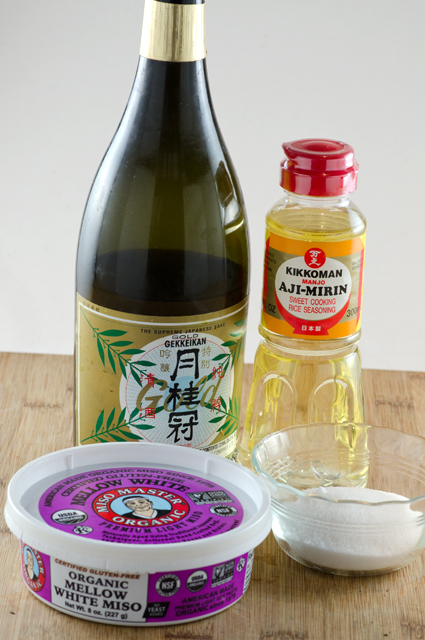
Miso Marinated Salmon
Serves 4
Ingredients
- ½c white miso paste
- ¼c granulated sugar
- 3T sake
- 3T mirin
- 4 6-8 ounce salmon fillets (skin-on)
- Sesame seeds or sesame spice mixture
- Lemon wedges
Directions
- Whisk miso, sugar, sake and mirin together in a medium bowl until sugar and miso are dissolved, the mixture will be thick.
- Pour some of the mixture into a container that will fit the fillets snugly. Place the fish on top and pour the rest of the mixture over the fish. Cover the container with plastic wrap and refrigerate for 6 to 24 hours.
- A half hour before cooking bring the fish out to bring it to room temperature. Adjust oven rack to the middle position and preheat to 450°F.
- Wiping excess marinade off the fillets, place on an oiled baking sheet or pan, leaving about an inch between each fillet. Sprinkle the tops of the fillets with the sesame seeds or sesame spice mixture.
- Timing is always a function of the thickness of your fish. Measure fish at the thickest part of the fillet with a ruler, one inch of thickness equals about 10 minutes of cooking time.
- Transfer cooked fish to a serving platter and serve with lemon wedges.
